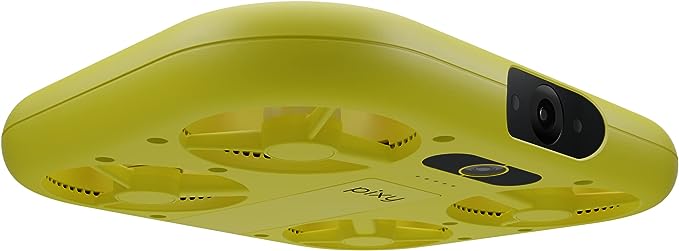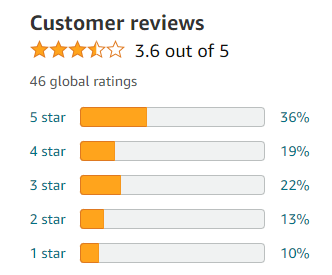The concept of an autonomous flying camera drone refers to a technologically advanced unmanned aerial vehicle (UAV) that possesses the ability to navigate and operate independently, without direct human intervention. This cutting-edge device integrates sophisticated algorithms and sensors to analyze its environment, make informed decisions, and execute predefined tasks with minimal or no human oversight. The primary purpose of this UAV is to capture high-quality visual content using an onboard camera, allowing for various applications such as aerial photography, cinematography, surveillance, or mapping.

The autonomy of the drone is achieved through an intricate system comprised of multiple components. These include state-of-the-art flight control systems that utilize advanced computational algorithms to process data from various sensors including GPS, accelerometers, gyroscopes, and cameras. Additionally, the drone may incorporate computer vision techniques to perceive its surroundings and identify objects or obstacles in real-time. By fusing these inputs and employing complex decision-making algorithms, the drone can autonomously plan its flight path, adjust altitude and speed accordingly, avoid collisions or hazardous conditions, and maintain stable flight characteristics.

Through this amalgamation of technologies and functionalities, the autonomous flying camera drone represents a remarkable advancement in aerial robotics. Its ability to operate independently revolutionizes industries that heavily rely on aerial imagery by providing a cost-effective solution with enhanced efficiency and safety compared to conventional piloted aircraft or ground-based alternatives.
